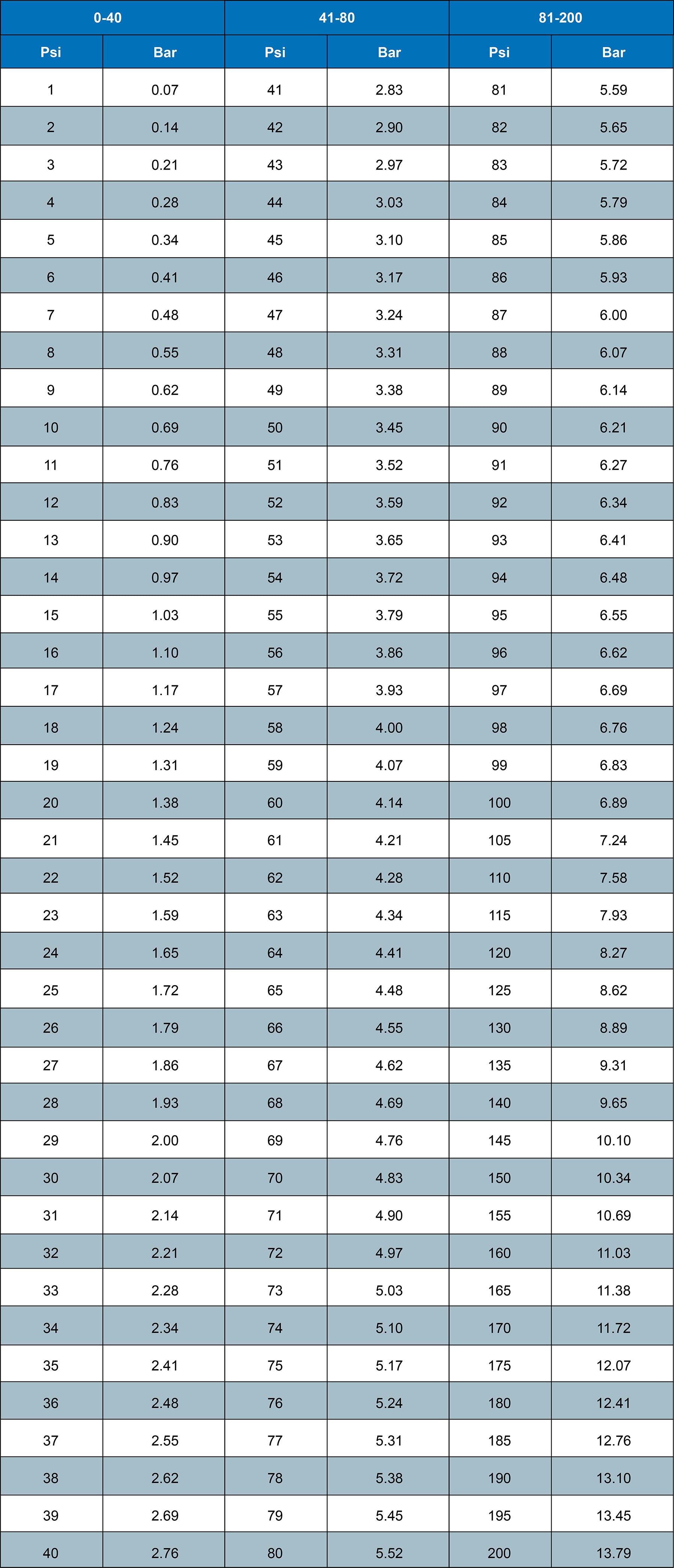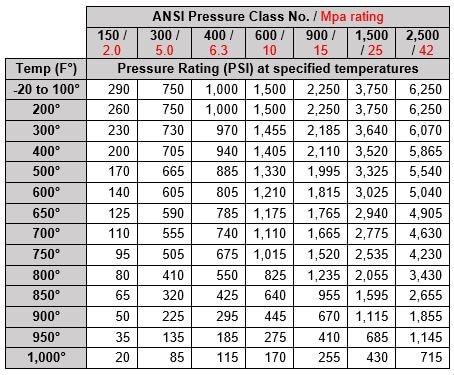

The general bias is almost always to overinflate. And if you’re a mountain biker who rides to the trailhead, keep in mind that while your bike rolls smoothly on the road with 40 psi, it might feel better on the singletrack at 20 psi. In wet conditions, you may want to run 5 - 10 psi less than usual for improved traction. On new pavement, your tires might feel great at 100 psi, but on a rough road, they might roll faster at 90 psi. Overinflated bike tires transmit impacts to the rider, which sacrifices speed and riding comfort. Properly inflated bike tires conform to bumps and absorb shocks. Traditional wisdom says that higher tire pressure equals lower rolling resistance because, on a smooth surface, hard tires flex less and create a smaller contact patch. Tire pressure isn’t a set-it-and-forget-it thing. Steel construction, dual head, 160psi max. The important thing is to develop and stick to a habit of regular checkups and top-offs that works for you-if you don’t, your pressure is probably wrong most of the time you ride. Some of us at Bicycling check out tire pressure before every ride, some once a week. And the rate of loss increases with pressure and in reaction to outside factors like lower temperatures (about 2 percent vanishes for each 10-degree dip in Fahrenheit). But air seeps out of all tires, from as little as a few psi a week to drastic drops overnight. A properly set up tubeless tire, and tires that use butyl tubes (the most common type), leak far less than lightweight latex tubes. If there is a discrepancy between the two, we recommend going with the lower number. Never go above or below the manufacturer’s recommended tire pressures, which are listed on the sidewall as well as on the rims. Zipp's calculator generally gives a lower tire pressure recommendation (compared to Silca's) and has a specific option for hookless rims, which have much lower 72.5 psi maximum tire pressures than traditional hooked rims. The Zipp calculator, on the other hand, allows much more precise inputs for things like inner rim width as well as the type of rim you are using. For example, the Silca calculator allows you to very precisely select speed and surface conditions ranging from an indoor track all the way to Category 4 Gravel. SilcaĪs you can see, each will deliver a slightly different pressure recommendation and for the most part, I would recommend splitting the difference between them for a good starting point.īecause both calculators ask for slightly different information, one might be more accurate to your situation than the other. Here is Silca’s recommendation for the same rider. Then they'll spit out a tire pressure recommendation based on your inputs. The two best options, that I've found, are calculators from Zipp and Silca.īoth of these calculators will ask you for some basic information such as your combined weight with your bike and gear, your measured tire width, wheel diameter, type of tire, and the surface you are riding on. Today our recommendation is for you to skip the rule of thumb guessing game and go straight for a reputable tire pressure calculator.

In the past, to find your ideal pressure, we would recommend you start in the middle of these ranges, then factor in your body weight and experiment by going higher or lower until you find a pressure that works for you.īut as research into tire pressure has ramped up with the advent of tubeless tires in the last few years, our knowledge of tire pressure has gotten more complex, and so have the formulas for getting to that magic pressure number. Narrow tires need more air pressure than wide ones: Road tires typically require 65 to 95 psi (pounds per square inch) mountain bike tires, 15 to 25 psi and gravel tires, 25 to 40 psi. Proper tire pressure lets your bike roll quickly, ride smoothly, and avoid flats. Here are our experts’ top tips for finding the perfect bike tire pressure. If you don’t pay attention to inflation, the amount of air in your tires is probably not only not ideal but wrong enough to cause excess flats and serious drop-offs in performance and comfort.
#95 PSI TO BAR UPGRADE#
In fact, it isn’t an upgrade at all-and it doesn’t have to cost you more than some time and, maybe, as little as what you’d spend on a new roll of handlebar tape. The single biggest performance improvement you can make on your bike isn’t a lighter set of wheels or fancy electronic shifting.


 0 kommentar(er)
0 kommentar(er)
